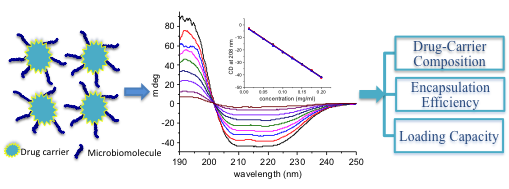
Roger M Leblanc
University of Miami, USA
Title: Analysis of microbiomolecule-nanoparticle drug delivery system using circular dichroism spectroscopy
Biography
Biography: Roger M Leblanc
Abstract
Microbiomolecules such as peptides, proteins and nucleic acids (i.e., DNA and RNA) have become very promising drug candidates in recent decades due to their unique properties and interactions with biological systems. Compared to the traditional small organic molecules (i.e., less than 500 g/mol), these candidates are highly selective due to their rich structure features and unique interaction with their target. However, due to their high enzymatic susceptibility, low membrane permeability and poor bioavailability, applications of these drugs have been significantly limited. Targeted drug delivery by drug delivery systems (DDS) has been the main strategy to overcome the problems (i.e., high enzymatic susceptibility and poor bioavailability) associated with these microbiomolecules drug candidates. In this regard, considerable efforts have been made to design and develop drug delivery systems that could transport these microbiomolecules to site of interest. One important aspect to consider when designing a DDS is the drug-to-carrier ratio since the use of high quantity of carrier could potentially cause a series of problems, such as carrier-related toxicity and the possibility of immune reactions against the carrier in the patient body. However, the ability to determine the composition of a DDS after loading a drug to the carrier is significantly limited by current analytical methods. In this talk, a simple yet convenient method based on circular dichroism (CD) spectroscopy to determine the compositions of the various protein-carrier conjugates will be introduced. Specifically, five important proteins, α1-antitrypsin, hemoglobin human, human serum albumin, human transferrin and r-globulin were chemically conjugated to two model drug carriers, namely carbon dots and polymer O-(2-carboxyethyl) polyethylene glycol; and their compositions were determined with CD spectroscopy. It will also be demonstrated that the composition of nucleic acid conjugates could also be determined using the same methodology.


